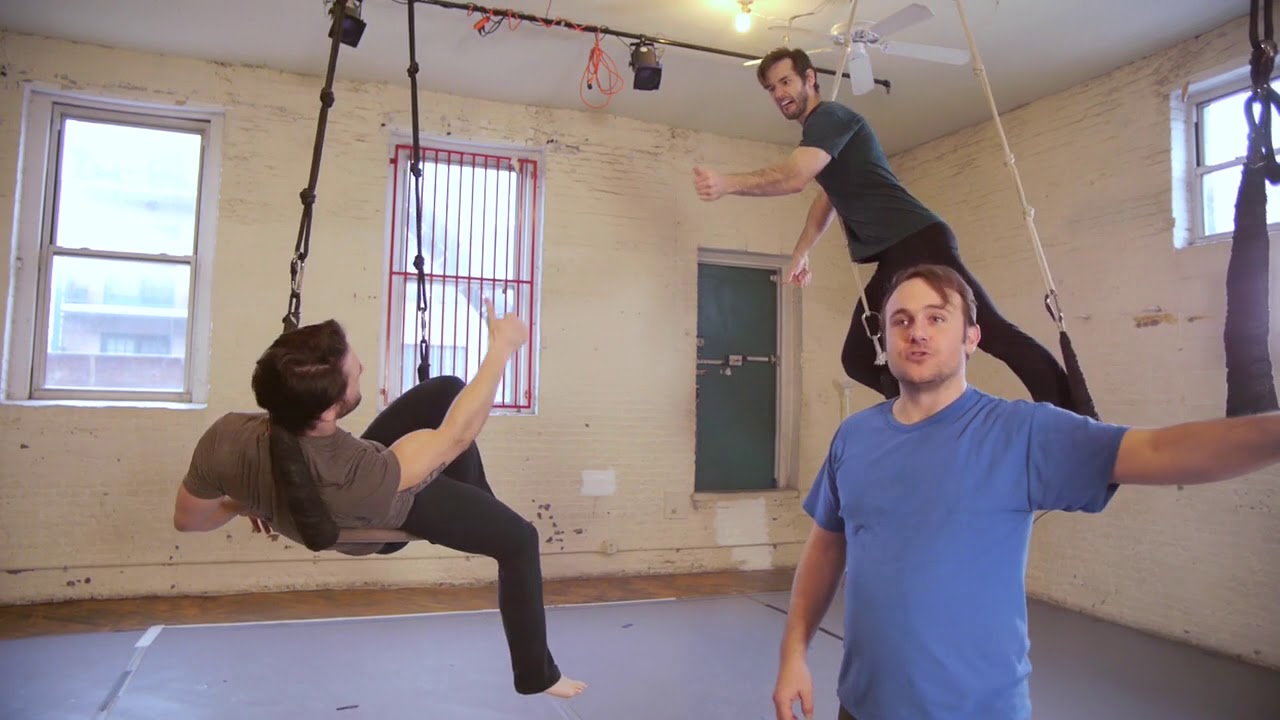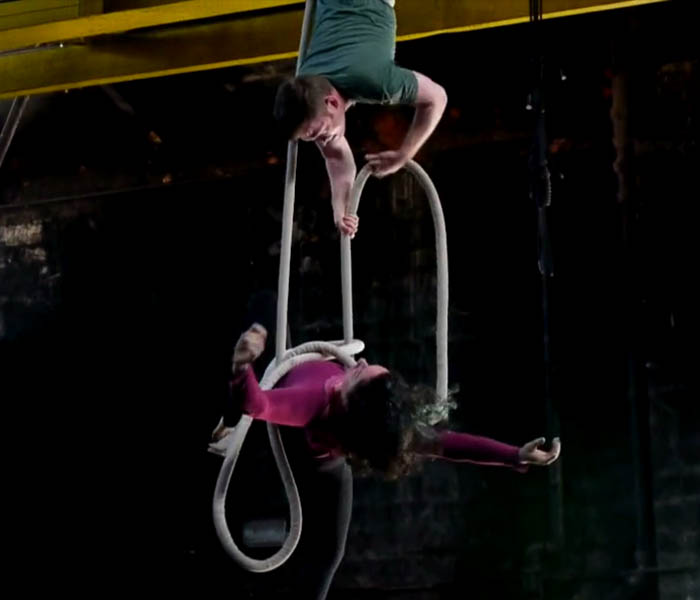That gives me pause
When a director tells a performer to take a beat onstage, don't worry -- there's no violence involved. In the theatre, a beat is an added pause to a line or action, a brief break that changes the moment's rhythm.
Sometimes it's simply a technical adjustment; perhaps a line sounds more intelligible with the beat there. But usually it signals a shift in intention or emotion for the character, which can have major ripple effects. Take Hamlet's iconic "To be, or not to be" soliloquy.
As Shakespeare instructed with his well-placed comma, there's a beat after "to be," as the depressive Dane considers the weighty issues of life -- "to be" -- and death -- "or not to be." But imagine that line delivered in one rushed breath: "To be or not to be that is the question." It doesn't have the same import, does it?
Of course an actor shouldn't make a beat too long. In Mel Brooks' 1983 comedy To Be or Not to Be, that's exactly what his character, pompous Polish actor Frederick Bronski, does during Hamlet's signature speech, so the prompter feeds him the rest of the line. (It's at 1:05 and worth the wait). With a beat, you want the audience to believe you're thinking, not going up on your lines.
--- Raven Snook
This video was created by TDF and F*It Club.

